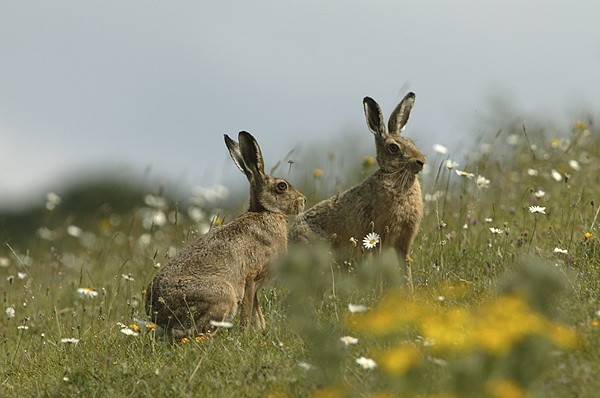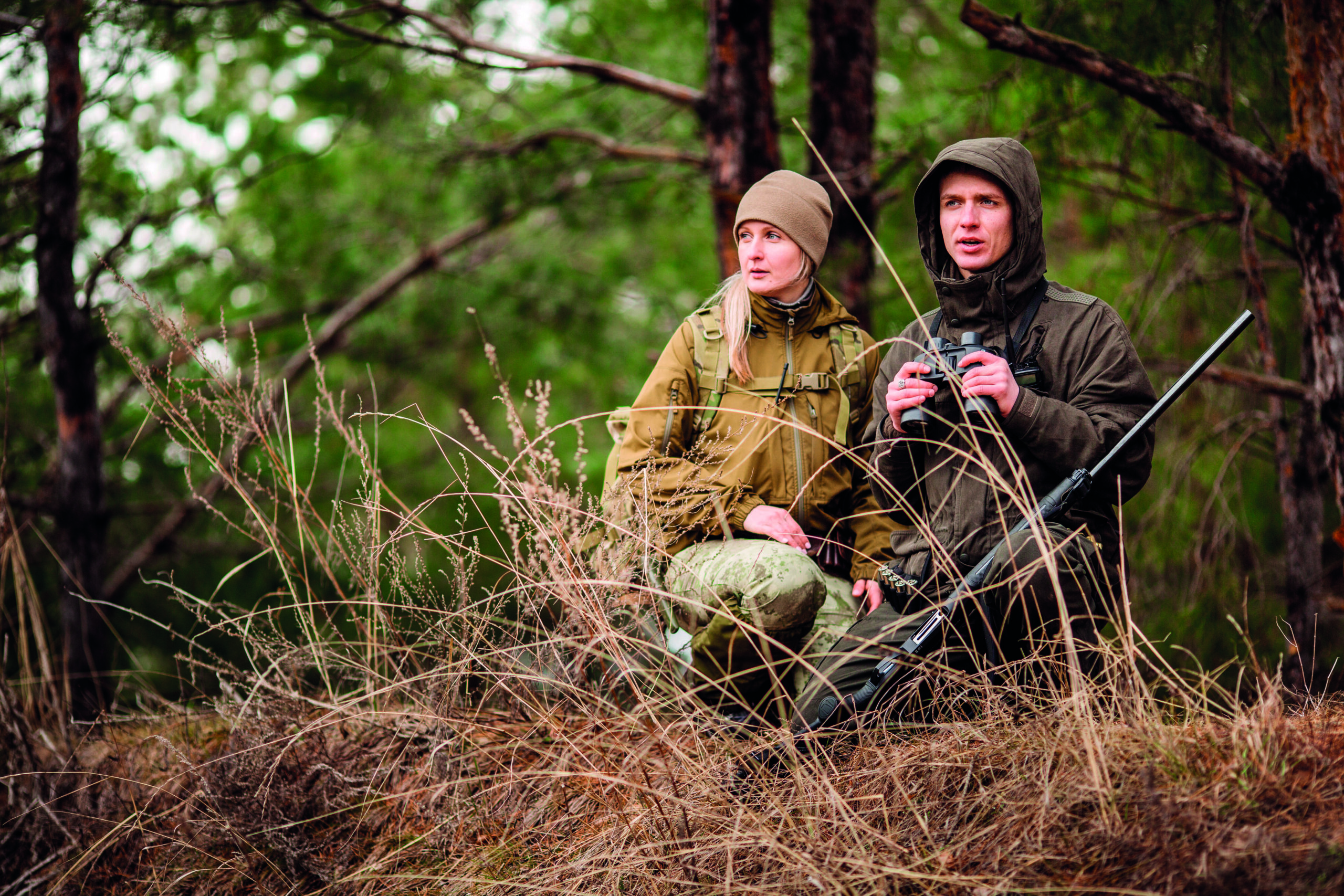Study showing falling hare numbers disputed
Experts with practical knowledge of moorland management and wildlife have disputed the claims of a new study of mountain hares in the Peak District.

A study funded by the People’s Trust for Endangered Species found fewer hares on grouse moors in the Peak District than on areas managed for conservation. The authors then went on to openly speculate without any evidence that culling of hares was the cause. The authors wrote: “We reflect that in Scotland, grouse moor estates have conducted lethal removal of mountain hares. We then speculate whether the same occurred on grouse moors within the Peak District.”
However, large scale culling has never been part of how hares are managed in the Peak District. Ian Coghill, author of ‘Moorland Matters’ told Shooting Times: “It is a matter of regret that the author refused to meet or talk with the people he happily talks about. But, had he done so, he would not have been able to speculate, in the prejudicial way he has, that ‘mass culls’ had taken place on the Peak District grouse moors. They haven’t.”
“The idea that anyone could conduct mass culls on public access land visited day and night by over a million people a month and no one noticed, is beyond ludicrous.”
Dr Nick Hesford of the GWCT told Shooting Times: “Across many years of studying mountain hares, our work has shown that the approved methodology, using night surveys with spot lamps, gives the most accurate estimate of hare numbers. This study used a method of counting that has been found to be unsuitable for producing reliable hare estimates. Unlike this study, recent surveys undertaken by the Peak District Moorland Group, using the approved method, observed much higher numbers.”
Bizarrely, despite the data clearly showing that the overall population of mountain hares in the Peak District was stable over the last 20 years, the study was promoted as bad news, with the Telegraph claiming “extinction looms” for the hares and one of the paper’s authors saying: “Our findings are deeply concerning.”
Ian Coghill questioned the motivation behind the paper and how its findings were represented. Ian said: “It must be asked if this was done intentionally to damage sporting interests? It would fit with comments by the funders, that the science shows annual declines, when in fact the report itself says that populations have been stable for decades.”








